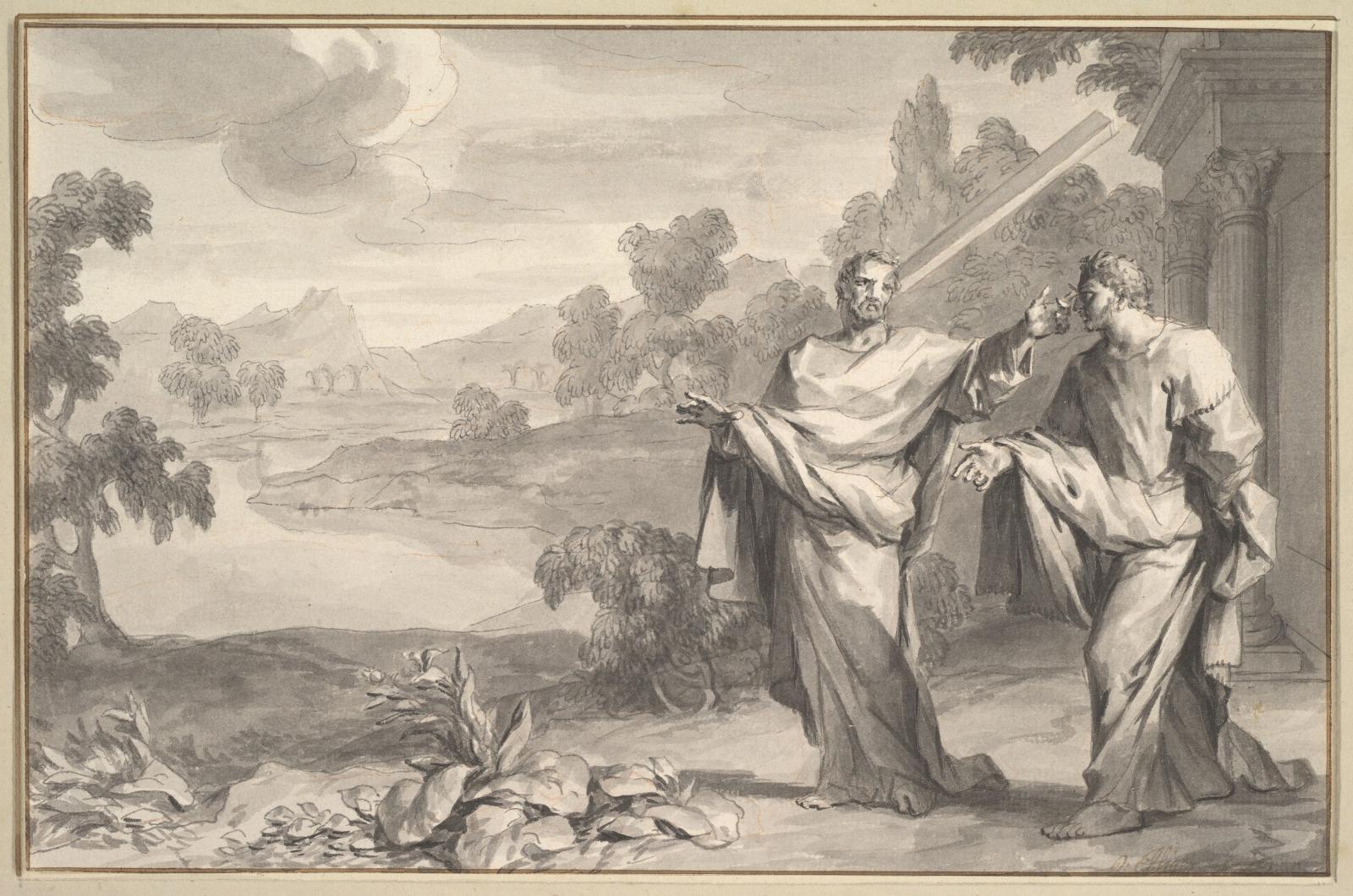
Article published on the ASSET website
In front of low rates of immunization, many claim for compulsory vaccination, especially as far as healthcare workers are concerned. Their institutional role and ethical purpose is to take care of a subgroup of citizens particularly weak, because of their health conditions. This is always true, but even more when immunocompromised or frail patients, vulnerable to infections, are involved. All healthcare workers have therefore a moral duty not to hurt people they have to take care of, following the ancient principle “Primum non nocere”.
A further obligation is on behalf of the hospital or the clinic, which must guarantee the safety of its customers against any preventable risk. Any healthcare worker in fact can be infected and become a source of infection for healthy or frail people. For this reason, healthcare systems have an unquestionable duty to provide “safe staff”, i.e. professionals that cannot be, in any sense, a risk, for the people they assist. Moral suasion is of course the first step to pursue this objective. Anyway, if this does not work, in this case the collective interest seems to be prevailing on the individual one, as even John Stuart Mill (London, 1806 –Avignone, 1873) said.
Philosopher and economist, he was a leading figure of Utilitarianism and his ideas are considered the highest expression of democratic liberalism. His most important text is On Liberty (published in 1858), where Mill says: «The only part of the conduct of any one, for which he is amenable to society, is that which concerns others. In the part that merely concerns himself, his independence is, of right, absolute. Over himself, over his own body and mind, the individual is sovereign». And again: «…as soon as mankind have attained the capacity of being guided to their own improvement by conviction or persuasion (a period long since reached in all nations with whom we need here concern ourselves), compulsion, either in the direct form or in that of pains and penalties for non-compliance, is no longer admissible as a means to their own good, and justifiable only for the security of others».
In my opinion, this last sentence is the only answer that can be given to the issue of making vaccination compulsory for healthcare workers. Following this idea, not all the available and effective vaccinations should be made mandatory for healthcare workers, but only those without which the individual could be a risk for their patients. For example, we couldn’t force a healthcare worker to vaccinate against tetanus: in fact, this vaccination is efficacious and recommended to protect the individual, but, because of the way of transmission of the disease, a lack of vaccination in this case is not a risk for others.
Similarly, I consider ethically unacceptable the idea that healthcare workers should get a mandatory vaccination to reduce their sick leaves, and so guarantee assistance and reduce cost for the healthcare system. This reason, in fact, though realistic and common sense driven is against the main principle by Mill mentioned above. If this approach were to be accepted, it would drive us on a slippery slope, allowing the employer to forbid workers to have unhealthy behaviours also outside the place of work: they should not smoke tobacco nor drink alcohol; they could not get overweight or they could be forced to practice at least 30 minutes of physical activity every day.
It is often said that the recent spread of vaccine hesitancy and refusal is associated with the introduction of new social media, such as Facebook and Twitter. Nothing more wrong.
Vaccination was harshly contested on social, politic and technical basis since its very beginning. And compulsory laws aimed at reaching the widest range of population, far from fighting it, fed this hostility. The birth of vaccination is conventionally set at 1796, when Edward Jenner tested its new calf lymph against smallpox, overcoming obstacles and limits of previous vaccination practices and opening the way to mass vaccination. Nine years later, in 1805, Napoleon introduced compulsory smallpox vaccination in the French army. The following year, the practice became compulsory for all newborns in the Princedoms of Piombino and Lucca, in Tuscany, Italy. This decision was followed by many governments, among which the Kingdom of Italy in 1888.
In the beginning, England provided free vaccination to everybody, making it compulsory by Vaccination Acts in 1840, 1841 and 1853. Following Acts, in 1861, 1867 and 1871, allowed “vaccination officers” to try jail and seize belongings of parents refusing to have their children immunized. That raised a passionate debate on which limits should be put to the possibility of the government to infringe personal freedom and evoked a protesting movement that could obtain the abolition of compulsoriness in 1898. History, as well as current experiences, teaches that making vaccination compulsory is a hard way to follow: therefore, policy makers and experts need clear and strong guidelines, when taking this direction, without thinking it as an easy shortcut to overcome hesitancy and refusal.
Massimo Valsecchi
Former Director of the Department of Prevention of the Local Health Unit, Verona



